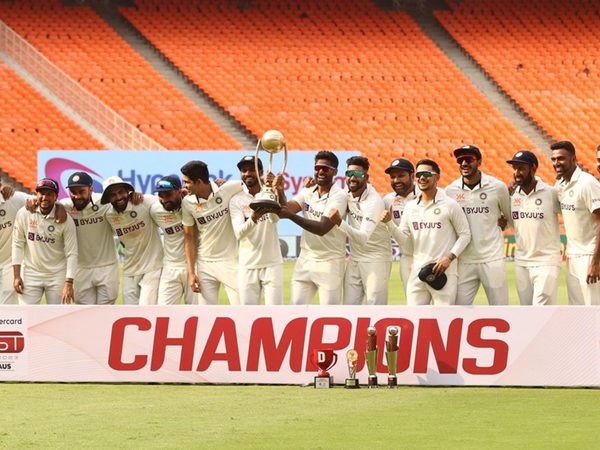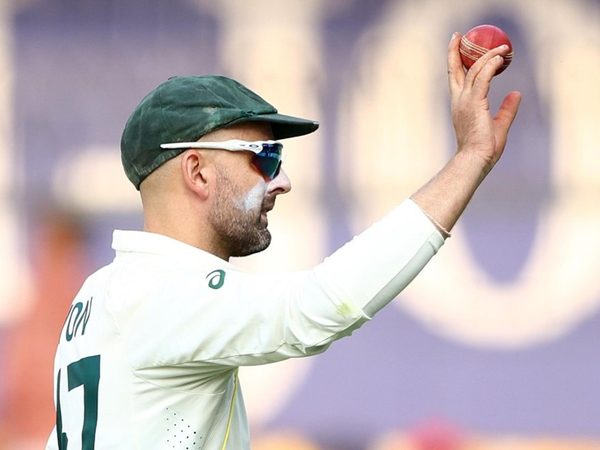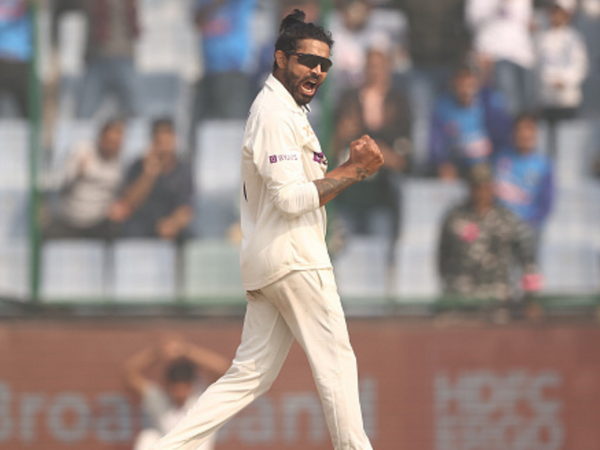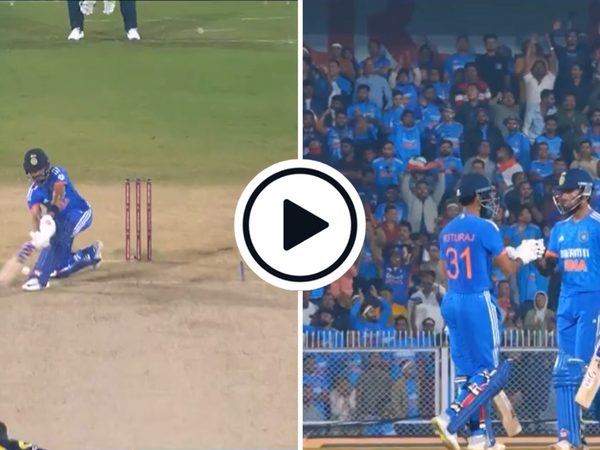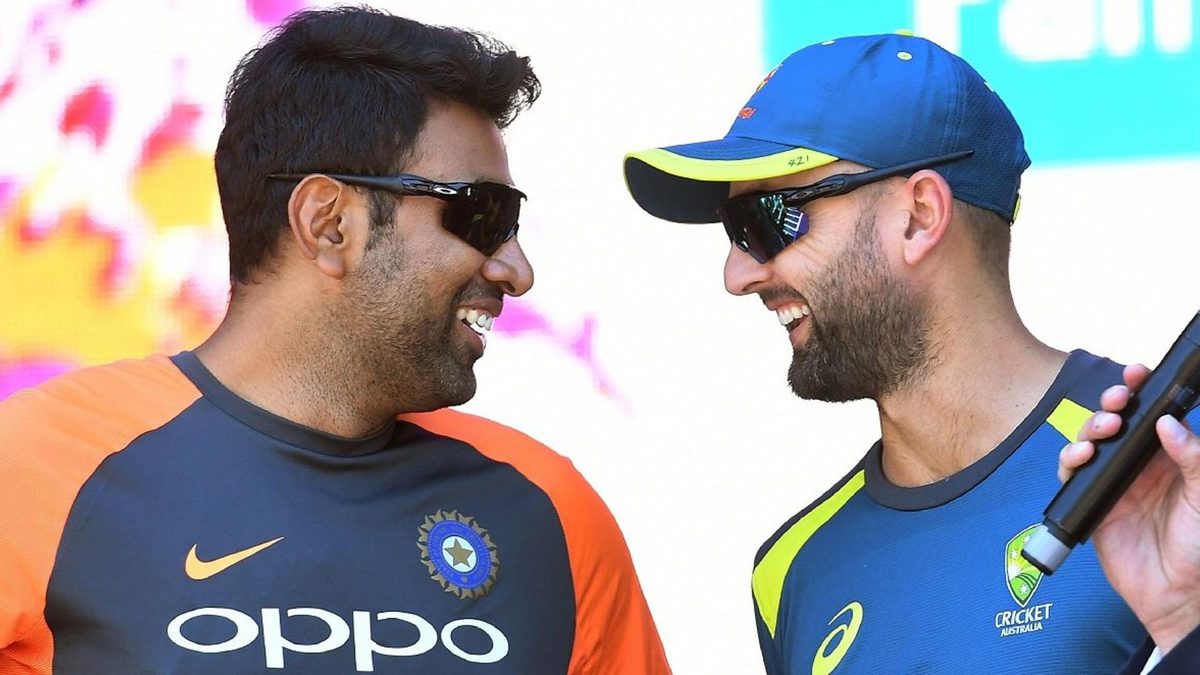
The R Ashwin v Nathan Lyon debate has lasted a decade. Even after all these years, it is not a simple one, explains Abhishek Mukherjee.
In Hitting Against the Spin: How Cricket Really Works, Ben Jones and Nathan Leamon demonstrated that on an average, 21.9 per cent of balls bowled by wrist-spinners are either too short or too full. For finger-spinners, that count is 12.8 per cent.
At the same time, when they pitch the ball between four and five metres from the bat, wrist-spinners average 19.3, compared to the 22 for finger-spinners. Even in the three-to-four-metre range, the wrist spinner trumps the finger-spinner, 34.8 to 40.
However, when they bowl too full or too short – a rarity for the finger-spinner, it must be remembered – the wrist-spinner fares much worse. To sum up, the finger-spinner has traditionally been a defensive option. With them, you have to wait, while the wrist-spinner makes things happen.
Of the two kinds of finger-spinners, the off-spinner finds things more difficult, for their stock ball comes into the right-handers, who form 80 per cent of all batters in the history of Test cricket.
The off-spinner did find a way back with the development of the doosra – a craft that went on the decline in the 2010s as bowling actions were more widely reported. Yet, it was in this decade that Ashwin and Lyon emerged as the greatest exponents of off-spin in the last fifty years, assuming the wrist-spin fraternity fights for Muttiah Muralitharan.
In the all-time list of wicket-takers, Lyon sits at eighth place with 460 wickets, while Ashwin is ninth, with 449. Since their debuts in two Test matches separated by a little over two months, their paths have crossed time and again in both India and Australia.
As expected, the cricket fraternity could not help but compare the two contemporary champions of a difficult genre of bowling.
Among peers
In terms of average and strike rate, Ashwin (24.30 and 53) is the proverbial mile ahead of Lyon (31.65 and 65) – but then, it is perhaps unfair to compare the two based on their entire careers.
Ashwin has, after all, played 60 of his 88 Tests in Asia (51 in India, where he also benefits from the SG ball). For Lyon, the numbers are 24 and seven in a career of 115 matches. He has played 62 times in Australia, on pitches that have seldom rewarded finger-spinners bowling with the Kookaburra.
One way to compare the two is to check how the other spinners have fared in the same Test matches.
In the 88 Test matches that Ashwin has played, other spinners have taken 933 wickets at an average of 34.19. Ashwin’s average has been 41 per cent better than the other spinners in these Tests.
Across Lyon’s 115 Tests, that number is 711 wickets – do note that Lyon has played more Test matches than Ashwin – at 40.85, making Lyon 29 per cent better than those other spinners.
For perspective, the same number for Graeme Swann – the other great 21st-century off-spinner – stands at 24 per cent.
This parameter probably makes Ashwin superior, more so because he has often played alongside Ravindra Jadeja, who is an outstanding bowler in his own merit.
However, at the same time, Ashwin has been spared of the task of bowling at Indian batters. Since 2011, the year in which Ashwin and Lyon debuted, spinners have averaged 42.08 against India – the worst among all nations.
Across the world
Ashwin’s record in Asia (362 wickets at 21.44) borders on the ridiculous. With 118 wickets at 32.38, Lyon comes a distant second.
However, in ‘SENA’ countries (South Africa, England, New Zealand and Australia), Ashwin’s 70 wickets have come at 39.34, and Lyon’s 321 wickets at 31.93. Even outside the comfort of home – in ‘SEN’ – Lyon averages 33.28, a number significantly better than Ashwin’s tally.
However, Ashwin’s career has not been uniform. He spent the summer of 2017 with Worcestershire, taking 29 wickets at 29.15. While decent, the numbers were not exceptional. What stood out, coincidentally or otherwise, was how Ashwin’s numbers changed after the stint.
Until that point, Ashwin’s 24 wickets in the SENA countries had come at 56.58. That subsequently dropped to 30.34 – the same as Lyon’s 30.51 under the same conditions.
Ashwin was not a great bowler in SENA countries at one point, but he has improved rapidly over the past five years to catch up with Lyon.
As things stand now, he is ahead in this battle.
Yet…
While Ashwin has almost certainly been the better bowler in the past, a word or the two on Lyon may not be out of place here.
Being an finger-spinner is not difficult in India, especially since the BCCI began to use the SG for home Test matches from 1994. Like the Duke’s, the SG has six hand-stitched rows of seam that keep finger-spinners in the game for long periods of time.
The Kookaburra ball’s seam gets embedded into the ball earlier than SG’s. This is not a problem for wrist-spinners, who seldom rely on the seam for turn. But the finger-spinner needs to put in more effort, particularly on true, hard, unyielding Australian surfaces.
It is not a coincidence that Australia have produced so few great finger-spinners. In the 1950s, left-arm finger-spinner Johnny Wardle switched to wrist-spin in Australia (and South Africa) to use the Kookaburra, sometimes against the wishes of captain Peter May.
That Wardle became successful everywhere is testimony to his genius – but that is another story. What is relevant is that he needed to adopt a different style. Not all bowlers are as versatile.
Until Lyon, the Australian spinners with the most wickets were, in that order, Shane Warne, Richie Benaud, Clarrie Grimmett, and Stuart MacGill, with Bill O’Reilly a distant fifth. On home soil, the same quartet used to occupy the top four spots, albeit in a different sequence.
Lyon broke through this monopoly to secure second place. He used his skills, persevere, and beat a system to emerge on top.

